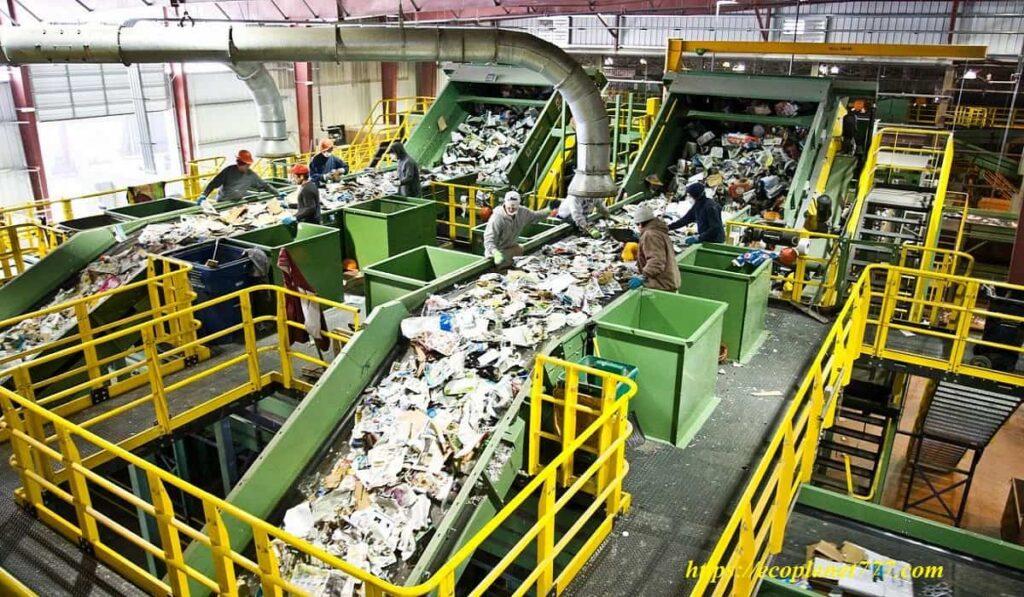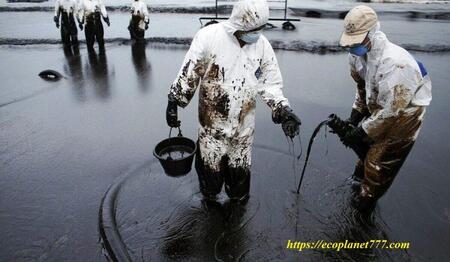Recycling is the methods, processes for collecting, processing, or disposing of materials that would otherwise be discarded as garbage, but turned into new products. Waste is a broad problem that affects health, human existence and nature. Recycling benefits society and the environment.

About 2 billion tons of municipal solid waste are generated annually in the world, of which 33% are not processed at all or this method of processing is environmentally unsafe. Rapid urbanization, population growth and economic development are projected to lead to a 70% increase in the world’s waste over the next 30 years, to a staggering 3.40 billion tons of waste generated annually.
Countries are developing rapidly, waste generation is growing at an alarming rate. Cities, which are home to more than half of humanity and produce more than 80% of the world’s GDP, are at the forefront of tackling the global waste problem.
Proper handling of solid waste is important for every person in the world. And since more than 90% of waste is openly dumped or burned in low-income countries, it is the poor and most vulnerable who suffer disproportionately.
Unrecycled waste pollutes the world’s oceans, clogs sewers, causes floods, spreads disease, increases respiratory problems due to incineration, harms animals and birds that unknowingly consume waste, and affects economic development. Greenhouse gases are also one of the main drivers of climate change.
Benefits of Recycling
- Recycling creates more jobs
- Reduces the amount of waste sent to landfills and incinerators
- Conserves natural resources such as wood, water and minerals
- Increases economic security through the use of internal sources of materials
- Prevents contamination by reducing the need to collect new raw materials
- Saves energy
- Supports production and saves valuable resources
Recycling and disposal of household waste

Recycling includes the three steps below that create a continuous cycle.
1. Collection and processing
After collection, recyclables are sent to a recycling facility for sorting, cleaning and processing into materials that can be used in production. Recycled materials are bought and sold in the same way as raw materials, and prices rise and fall based on supply and demand.
2. Recycling
More and more of today’s products are made from recycled materials. Common household items containing recycled materials include the following:
- Newspapers and paper towels
- Aluminum, plastic and glass soft drink containers
- Steel cans
- Plastic bottles for laundry detergent
Recycled materials are also being used in new ways, such as reclaimed glass in asphalt for road construction, or reclaimed plastic in carpeting.
3. Buying new products made from recycled materials
You help recycling by buying new products made from recycled materials. raw materials. There are thousands of products that contain recycled material. When shopping, give preference to: products that can be easily recycled and things that already contain recycled material.
Here are some of the common products that can be made from recycled materials:
- Aluminum cans
- Car bumpers
- Carpet covering
- Egg cartons
- Glass containers
- Washing powder bottles
- Engine oil
- Nails
- Newspapers
- Paper towels
- Steel products
- Garbage bags
Waste treatment methods

Here are the main processing and removal methods:
1. Heat treatment
Thermal waste treatment refers to processes in which heat is used to treat waste. The following are some of the most commonly used thermal waste treatment methods:
Incineration is one of the most common ways to dispose of waste. This approach involves burning waste in the presence of oxygen. This heat treatment method is commonly used as a means of energy recovery for electricity or heating. This approach has several advantages. Waste is rapidly reduced, transport costs are reduced and emissions of harmful greenhouse gases are reduced.
Gasification and pyrolysis are two similar methods that expose the waste to small amounts of oxygen and very high temperatures.Pyrolysis uses absolutely no oxygen, while gasification allows very little oxygen to be used in the process. Gasification is more beneficial as it allows the combustion process to recover energy without causing air pollution.
Open burning is an outdated thermal waste treatment technology that is harmful to the environment. Waste incinerators used in such a process do not have pollution control devices. The process emits substances such as hexachlorobenzene, dioxins, carbon monoxide, particulate matter, volatile organic compounds, polycyclic aromatic compounds and ash. Unfortunately, this method is still practiced by many local authorities around the world as it offers a low cost solution for solid waste disposal.
2. Landfills
Sanitary landfills are the most commonly used waste disposal solution. These dumps should have minimal risk of danger to the environment or public health. The landfill area should consist of clay soil that is sufficiently resistant to hazardous waste, and there should be no surface water, which will prevent the risk of water pollution. The cost of creating such landfills is relatively higher than other methods of waste disposal.
Bioreactor dumps – These dumps use microbiological processes to speed up the decomposition of waste. A constant supply of fluid is needed to maintain optimum moisture for microbial digestion.When the amount of liquid is insufficient, liquid waste such as sewage sludge is used.
3. Treatment of biological waste
Composting is another most commonly used waste disposal or recycling method, which is the controlled aerobic decomposition of organic waste by the action of small invertebrates and microorganisms.
Anaerobic digestion also uses biological processes to break down organic materials. Anaerobic digestion uses an environment free of oxygen and bacteria to decompose waste, where air must be present during composting to promote microbial growth.
4. Burial
Hazardous waste that is not destroyed by incineration or other chemical processes must be disposed of in another appropriate manner. For most of these wastes, the final destination is landfill, although this is not an attractive practice due to their inherent environmental risks. The burial place must be built on an impervious foundation and comply with all regulatory requirements.
In an era of rapid urbanization and population growth, solid waste management is critical to the environment. If no action is taken, the world will be on a permanent path to excessive pollution, and people will pay a huge price.
There are many solutions to reverse this trend. Urgent action is needed at all levels of society.
P.S.
If you liked and found this information useful, please share it on social media. networks with your friends and acquaintances. This is how you support our project “Ecology of Life” and make your contribution to the preservation of the environment!
- Magnetic storms: the sun is testing the planet🌪️ - 13.06.2024
- Why You Should Drink Chicory: Benefits and Harms 🌿 - 09.06.2024
- Innovative Choice: Sproud Milk – Your Ideal Plant-Based Drink 🌱 - 03.06.2024



